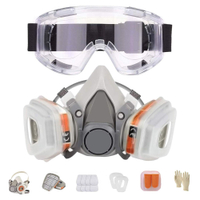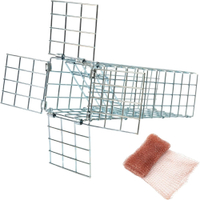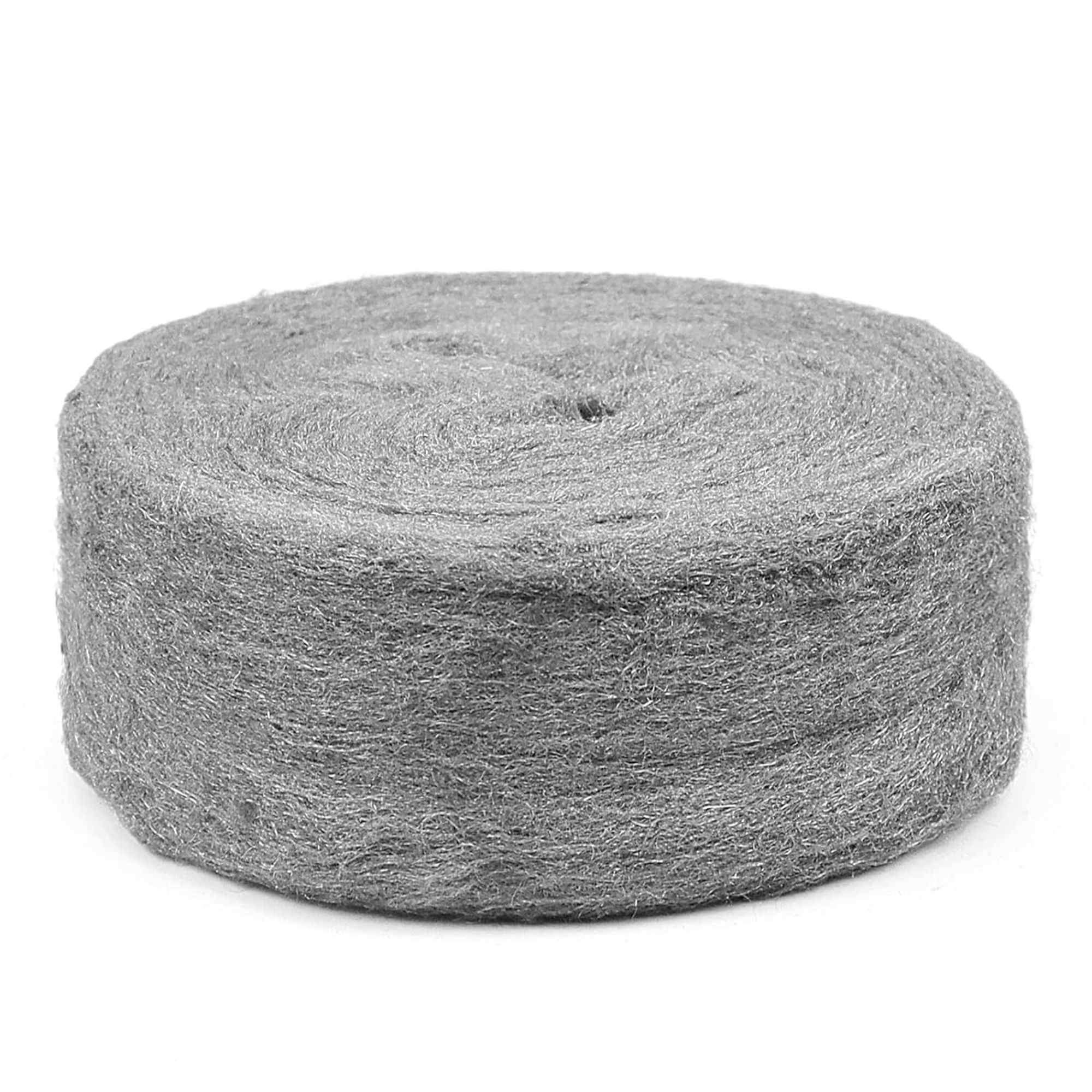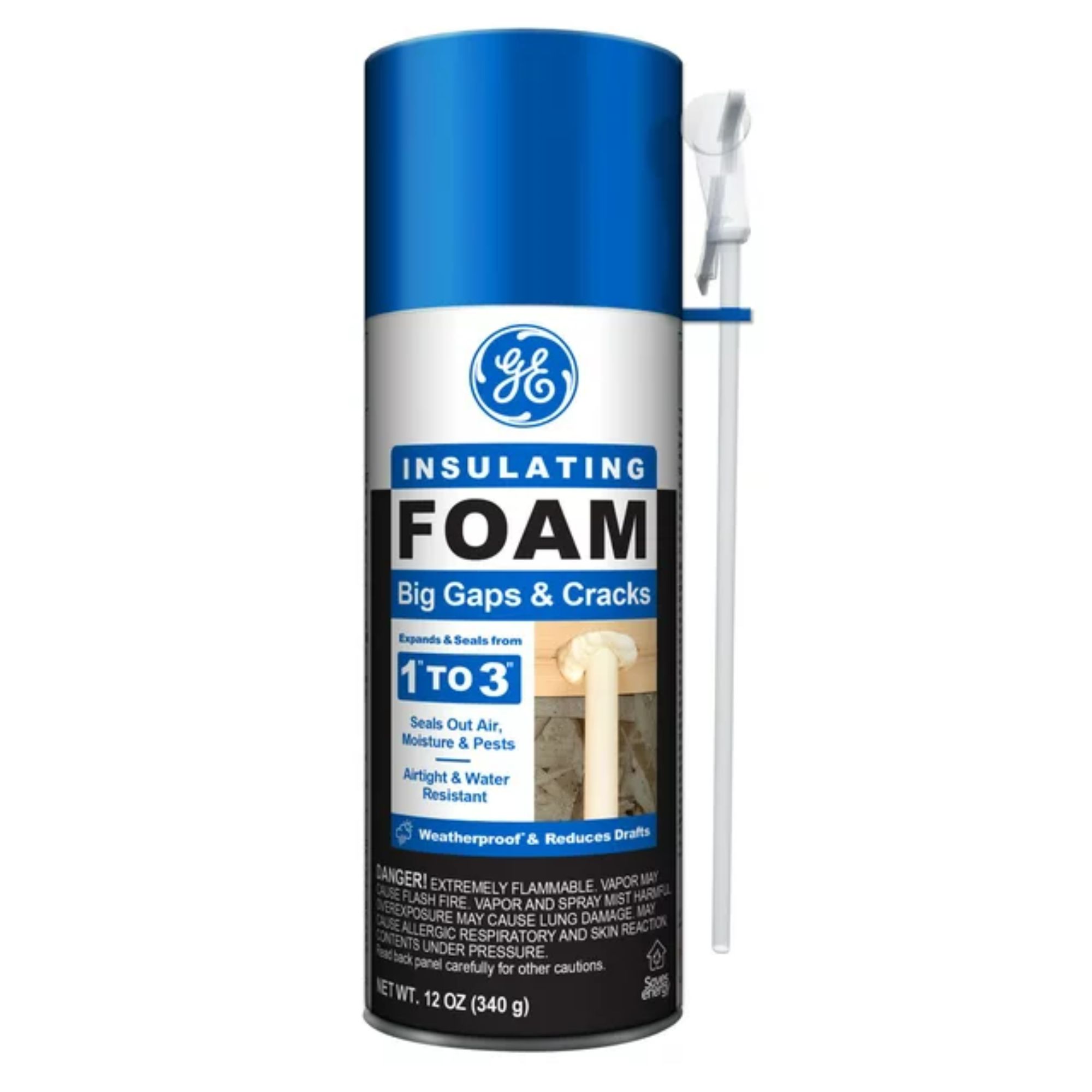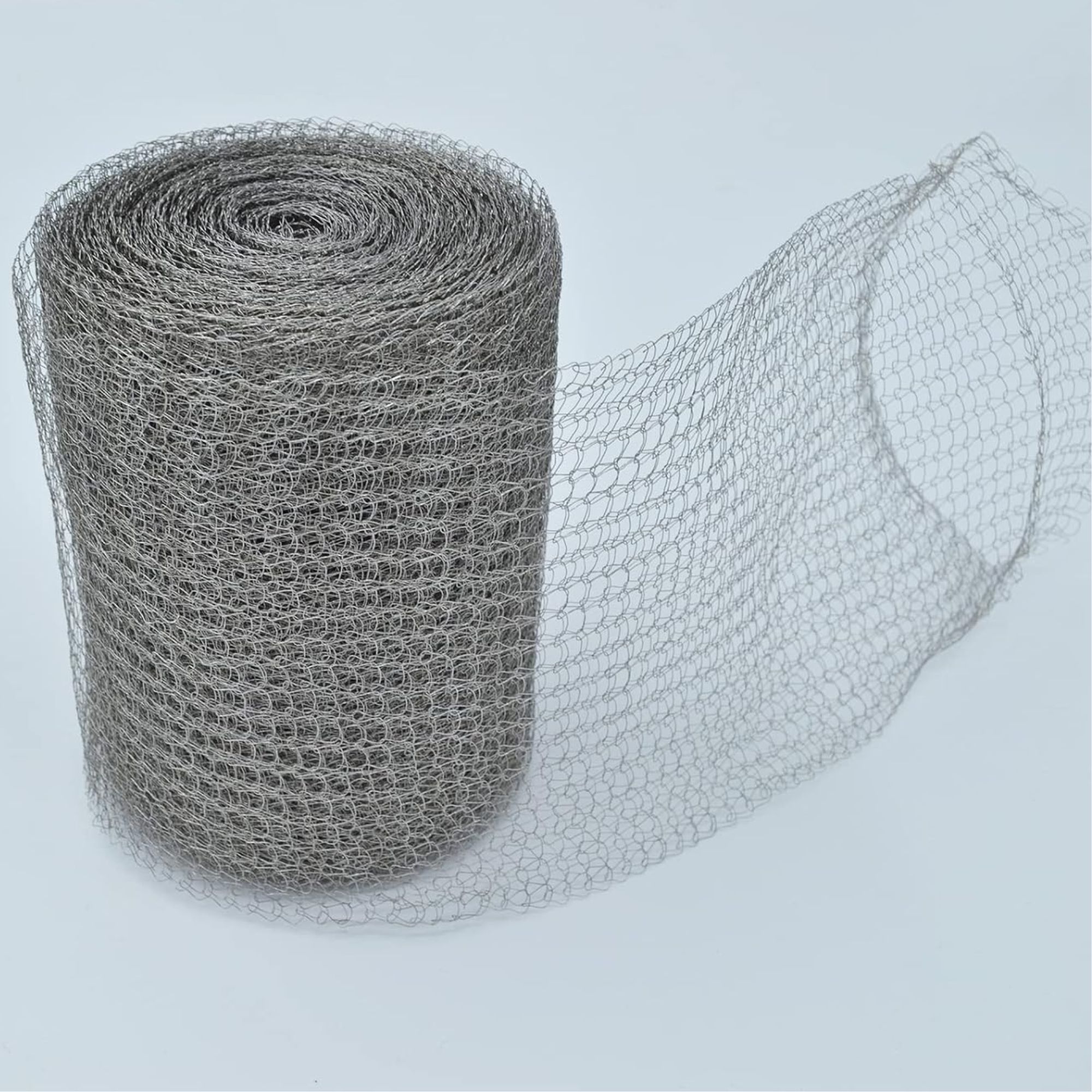How to get rid of mice from a garage – and mouse-proof it so they don't return
Keeping your garage free of mice requires a combination of cleanliness, deterrence, and exclusion methods


A mouse infestation in your garage can escalate quickly, with each litter typically consisting of anything from five to twelve pups, making it crucial to tackle the problem as soon as possible.
If mice have moved into your garage and multiplied into a full-blown infestation, you'll need to implement measures to get rid of mice swiftly, and for good, to prevent property damage, food contamination, and the spread of diseases.
Whether you need to remove rodents in the walls or those hiding behind the clutter in your garage, our experts have developed effective strategies to remove mice and prevent future infestations. So, if you have spotted the telltale signs you have mice in your garage, it's time to take action with these six steps to ensure your space remains mouse-free.
Tips to get rid of mice from a garage
Unbeknownst to you, you may be encouraging mice to take up camp in your garage by inadvertently providing an inviting cluttered, or unsealed space with a veritable buffet of goodies. 'Mice love garages because they typically offer unsecured food, lots of potential nesting materials, and a dark, warm place to hide,' explains Brett Bennett, director of operations at PURCOR Pest Solutions.
'Often the best way to start your pest control efforts is to address some of these factors that attracted mice to your garage in the first place.'
1. Seal and remove food sources

'Mice can be a bit tricky to dissuade from a garage since they thrive in lower traffic areas that are kept dark – plus, with many people storing dog food, seeds, or garbage in the garage, there's usually a good food source as well,' says Ryan Farley, CEO of LawnStarter.
'Your first step should be to seal all potential sources of food for mice, investing in air-tight bins for pet food bags, bird seed, and any other food you might store in your garage.' Use sealed glass or plastic bins for storage instead of cardboard boxes, which are easy for mice to chew through. 'Do the same for any garbage,' Ryan continues.
Regularly clean garage floors to remove food crumbs and debris that might attract mice.
This can often be enough to drive mice out once there's nothing for them to eat, and then you can seal up the gaps or cracks they used to enter.'

This set of seven glass food storage containers with bamboo lids is the perfect way to seal food items, not only making it inaccessible for mice but reducing any tempting food odors that might be enticing them.
2. Remove any water sources
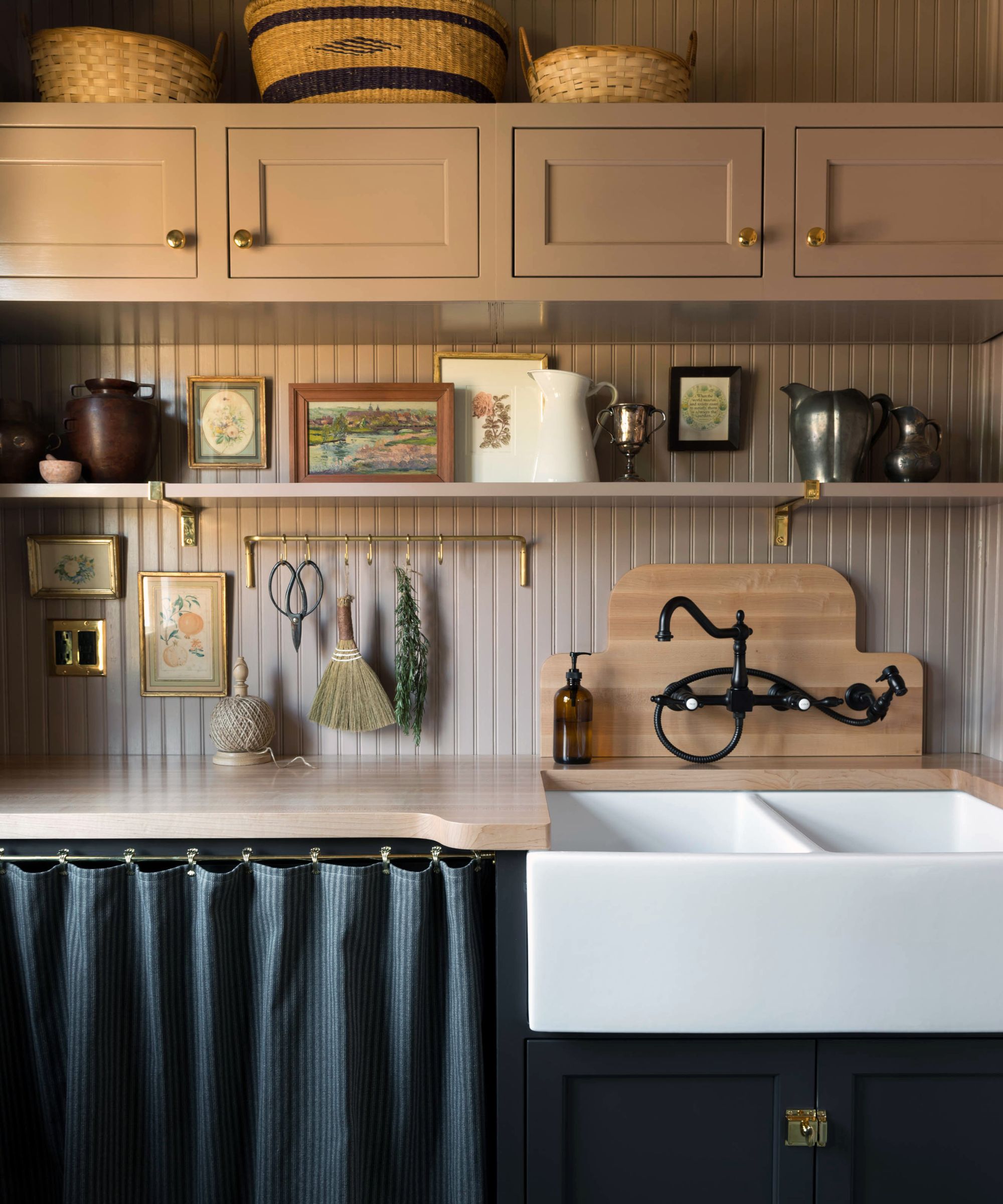
Thirst is another factor that attracts mice to your garage. 'To remove their attraction to this space, it's crucial to address any sources of water,' advises pest expert, Georgios Likopoulos, at Fantastic Pest Control.
'Learn how to fix a leaky faucet and leaking pipes promptly and ensure there is no standing water.' Essentially, the goal is to always make your garage unlivable for mice.
3. Declutter
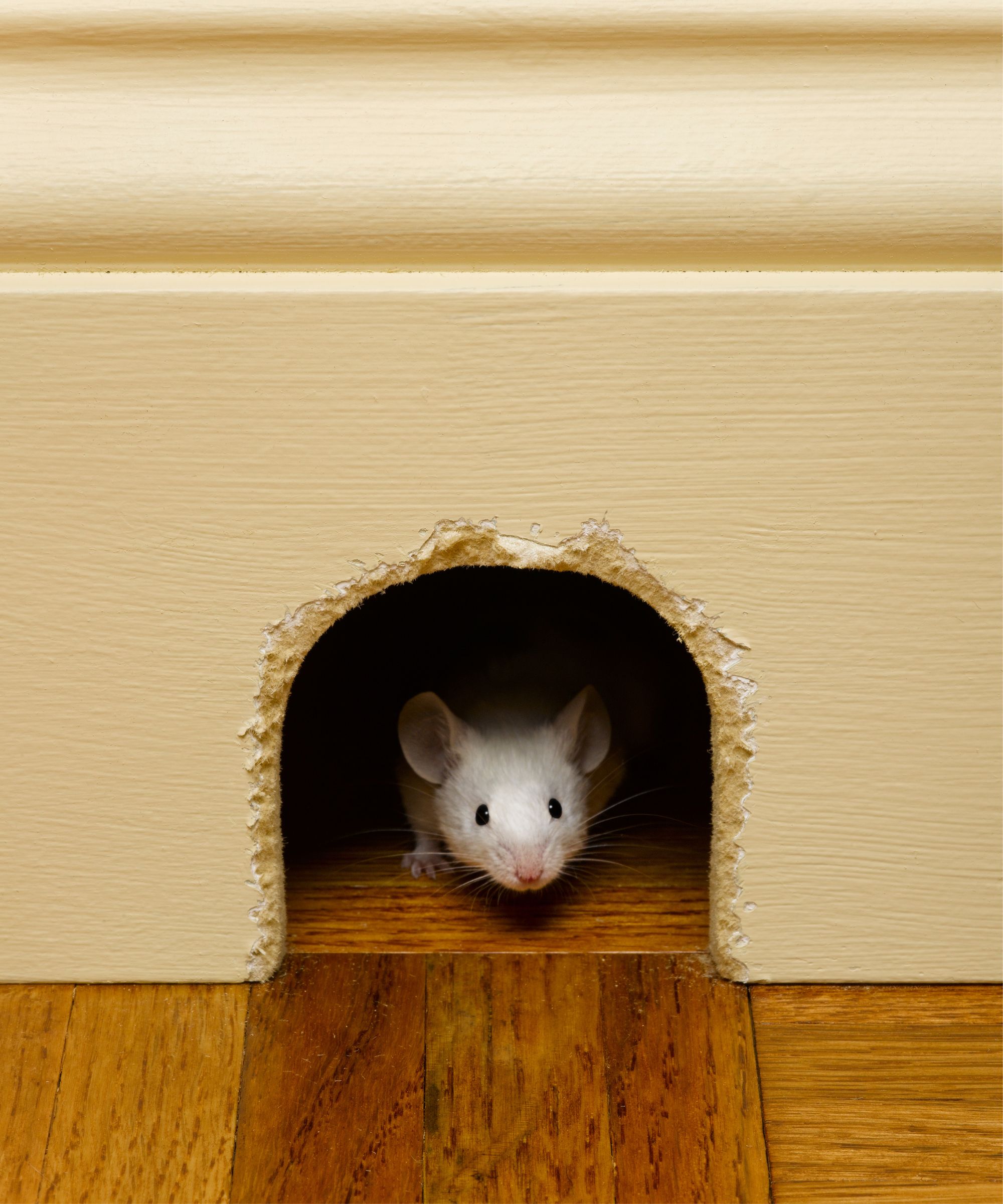
Mice thrive in environments where they can find shelter easily. To make your garage less desirable to them, it's essential to maintain a clear and organized space.
Organize and declutter your garage to eliminate potential hiding spots.
'You should also make sure they don't have access to small spaces to hide in or soft material to use as bedding like newspapers, or cardboard,' advises Donnie Shelton, owner and founder of Triangle Pest Control. Ensure storage boxes are tightly sealed and elevated off the floor. Garage shelving ideas are a good way to keep floors clear and ensure you stay ontop of garage organization.
Reusable Face Cover Set | $19.99 from Amazon
Mice can carry bacteria and viruses, so it's important to wear safety gear while using these methods to remove them from your garage.
4. Set humane traps

While making your garage inhospitable for mice is a great way to encourage them to leave themselves, it is not a guarantee, and may not be as immediate of a fix: enter live traps.
Live trapping is a humane way to bait and catch mice so you can remove them without harming them, effectively riding your garage of these pests once and for all. These consist of a cage with a one-way door, which will close once the mouse has entered the trap, offering them no way back out. You can use these live mouse traps from Amazon so you can easily see if you have caught a mouse, or this multi-catch live trap, also from Amazon, if you'd prefer not to see the mice. Be sure to check the trap regularly to remove any trapped mice.
The best baits to use are nuts, seeds, and sweets. Additional tips when setting traps for mice include:
- Set mouse traps strategically around the garage, focusing on areas where mice are most active – look for gnaw marks or droppings. 'Mice tend to run along edges, so positioning traps perpendicular to the walls increases success,' recommends Donnie Shelton.
- Once you have caught a mouse, you just release it outside, at least a mile away from your home, to prevent them from returning. 'This method requires way more patience and perseverance than poisoning for sure, but it's the only ethical approach,' says Dr. Daisy May, veterinary surgeon and pet care writer for All About Parrots.
- Next, sanititize and reset the trap. Repeat this process until there are no longer any mice in your garage.
If you don't fancy relocating mice (we get it can be daunting), you can implement one-way excluder doors that allow mice to exit your garage freely but don't allow them to get back in. These can be inserted in the gaps mice use to exit and enter your garage, so the next time they venture out, it will be their last time doing so.
This method doesn't always work if mice have an abundant source of shelter, food and water in your garage, as they may not have a reason to leave, however, if you have carefully followed the previous steps, making your garage an inhospitable place for them to live, they will be forced to venture back out eventually.
This method will only work if all other entry points are completely sealed.
Excluder One Way Rodent Trap | $34.49 from Amazon
This excluder door also comes with fine copper mesh to seal holes so mice can only use this exit point.
5. Seal entry points

Now you have ensured your garage is a less inviting spot for mice and set live traps to remove them, it's important to ensure they don't return by identifying and sealing up any potential points of entry. Mice can squeeze through very small gaps, so inspect your garage thoroughly.
This should only be done when you are sure all mice have vacated your garage, or in the case of using a one-way door excluder, otherwise, you will trap them, which is not a good idea.
'Look for gaps, holes, or cracks where mice might be entering. Use caulk to fill holes and cracks and materials mice can't chew through to block them out, like steel wool, especially around the garage door, vents, and pipes,' advises Donnie Shelton.
6. Employ deterrents

The final step in mouse-proofing your garage is to employ deterrents which will ensure that even if they could get back in (which shouldn't be an option anyway with thorough sealing efforts), they won't want to.
Mice dislike certain scents, such as cinnamon, mothballs, peppermint oil, and cloves. You can use a range of different techniques to utilize these scents mice hate, such as mopping floors with cinnamon or using peppermint oil to get rid of mice by soaking cotton balls in the oil and placing them around potential nesting areas.
You can also use commercial repellents that contain natural ingredients to repel mice – this Mighty mint gallon peppermint oil spray is a bestseller at Walmart.
Additionally, Georgios Likopoulos suggests: 'Using ultrasonic repellents which drive mice away from the garage by emitting high-frequency sound waves.'
After removing any mice, be sure to disinfect your garage, as these deceivingly harmless-looking creatures can carry a lot of bacteria that you don't want to spread throughout the rest of your home.
It's important to keep up the routine of maintaining and organizing a garage so that the space remains clean and free of clutter.
If you’re dealing with a severe infestation, it is always worth considering calling in a pest control expert. They can provide more targeted solutions and ensure the problem is addressed and mice are removed safely.
Sign up to the Homes & Gardens newsletter
Design expertise in your inbox – from inspiring decorating ideas and beautiful celebrity homes to practical gardening advice and shopping round-ups.

Lola Houlton is a news writer for Homes & Gardens. She has been writing content for Future PLC for the past six years, in particular Homes & Gardens, Real Homes and GardeningEtc. She writes on a broad range of subjects, including practical household advice, recipe articles, and product reviews, working closely with experts in their fields to cover everything from heating to home organization through to house plants. Lola is a graduate, who completed her degree in Psychology at the University of Sussex. She has also spent some time working at the BBC.
-
 Elton John's home fragrance collection is 'a tribute to the optimism and beauty that spring brings' – and it's under $45 to scent your home this April
Elton John's home fragrance collection is 'a tribute to the optimism and beauty that spring brings' – and it's under $45 to scent your home this AprilSlatkin + Co. teamed up with Elton John to create a home scent inspired by his historic Woodside Estate – they're beautiful, affordable, and selling quickly
By Sophie Edwards
-
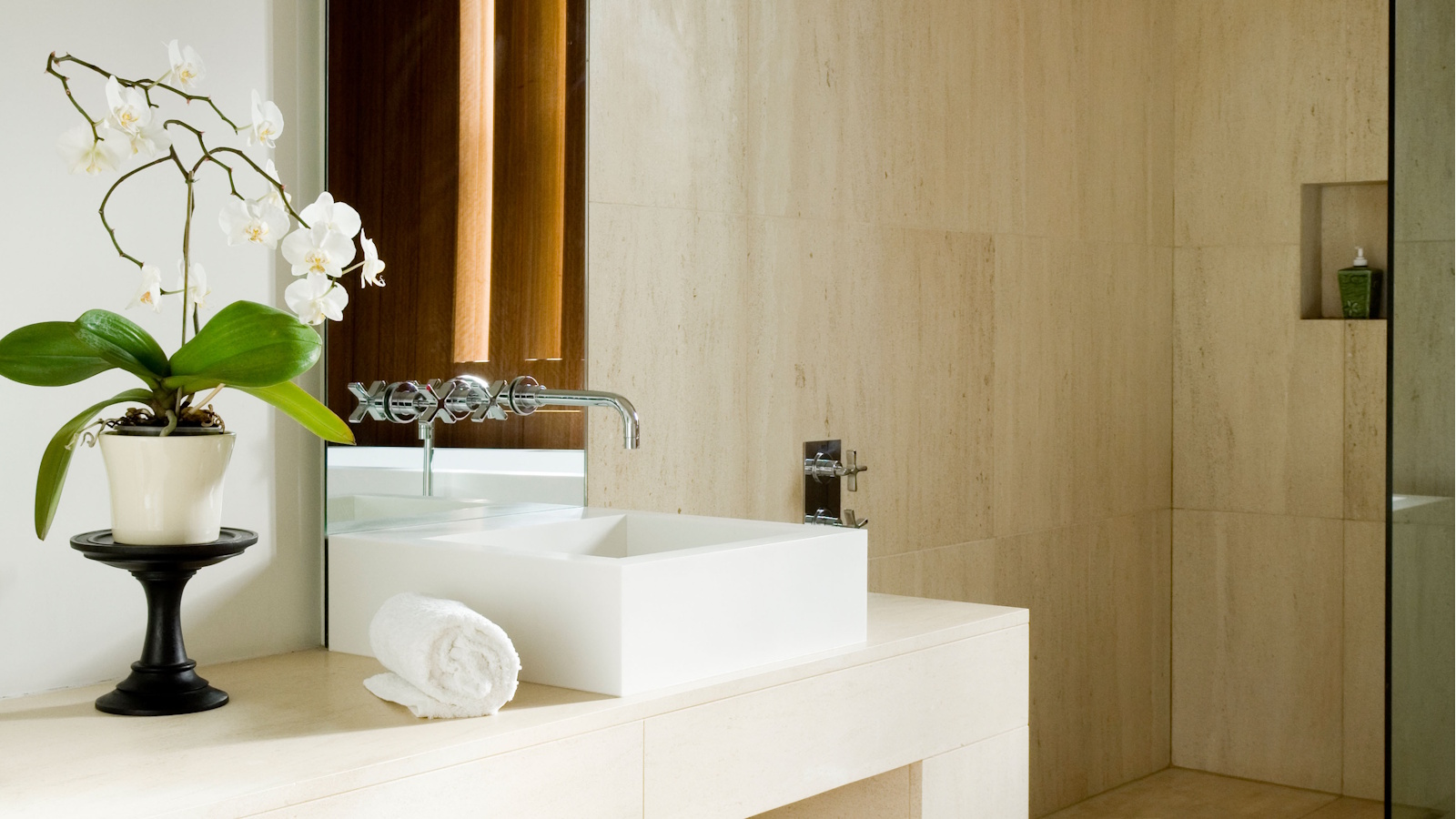 My orchid's leaves haven't wrinkled since moving it to this exact spot in my home – it's the easiest hack to keep these flowering houseplants hydrated
My orchid's leaves haven't wrinkled since moving it to this exact spot in my home – it's the easiest hack to keep these flowering houseplants hydratedDehydrated orchids can perk up again in the environment of a bathroom
By Tenielle Jordison


